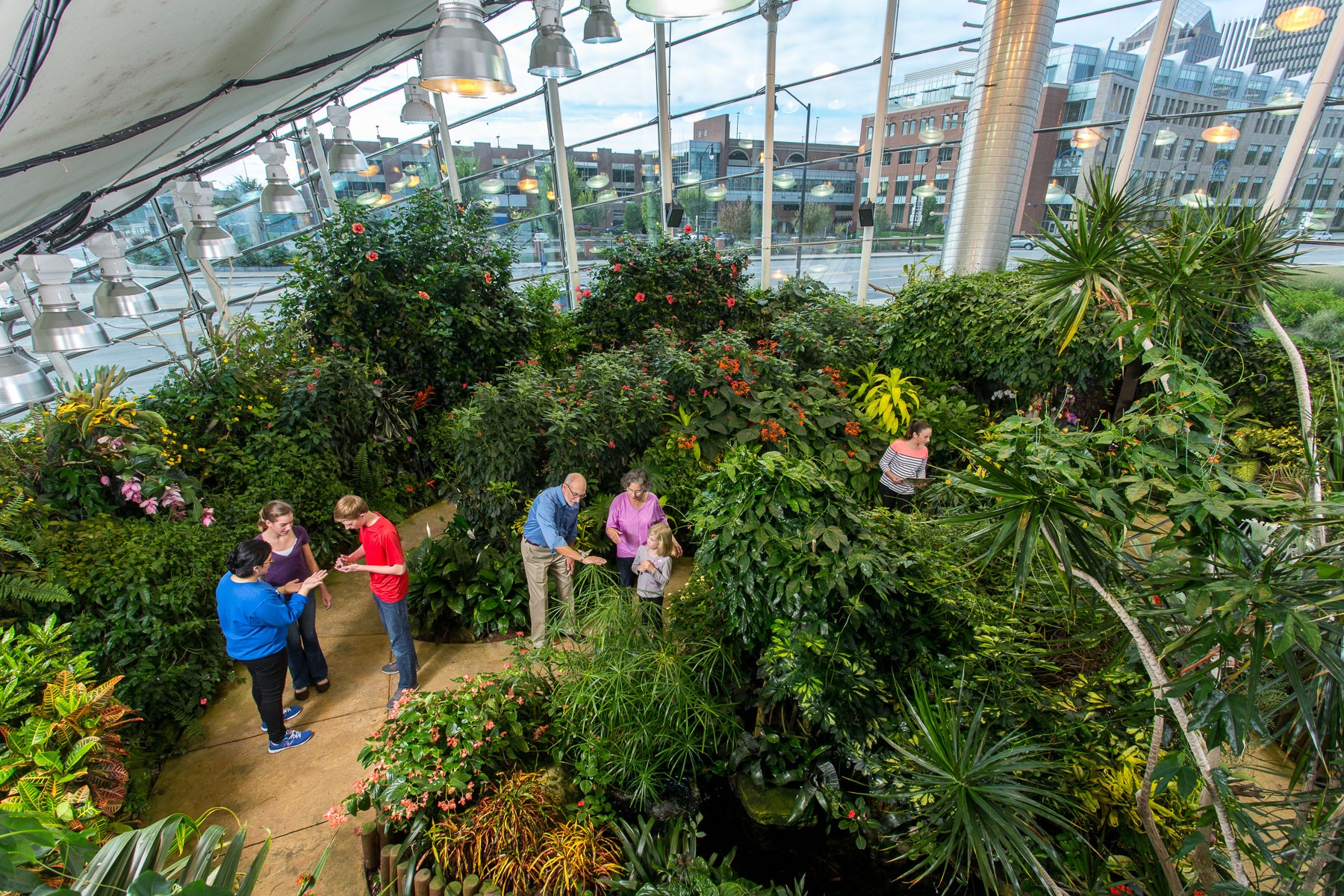Creating a Butterfly Haven in Rochester, NY: A Guide to Butterfly gardening
Rochester, NY, with its diverse climate and vibrant natural landscapes, provides a unique opportunity for butterfly enthusiasts to create thriving butterfly gardens. Attracting these beautiful pollinators to your backyard not only adds a touch of magic to your landscape but also plays a vital role in supporting their populations. This comprehensive guide will walk you through the essential steps to create a successful butterfly garden in the Rochester area.
Understanding the Butterfly Life Cycle
Before diving into plant selection and garden design, it’s crucial to understand the butterfly life cycle. Butterflies undergo complete metamorphosis, transforming from egg to larva (caterpillar) to pupa (chrysalis) and finally to the winged adult we all admire. Each stage has specific needs, and a successful butterfly garden caters to all of them. This means providing host plants for caterpillars to feed on and nectar sources for adult butterflies.

Choosing the Right Location for Your Butterfly Garden
The location of your butterfly garden is paramount to its success. Butterflies are cold-blooded and need warmth to fly and feed. Therefore, choose a sunny spot that receives at least six hours of direct sunlight daily. A south-facing location is ideal. Consider also the wind. Butterflies prefer sheltered areas, so a location protected from strong winds will allow them to fly and feed more easily. If your chosen spot is exposed to wind, consider planting a windbreak using shrubs or a trellis.
Selecting Host Plants: Nourishing the Next Generation
Host plants are essential for butterfly gardens as they provide food for caterpillars. Different butterfly species have specific host plant preferences. Research which butterflies are native to Rochester and their corresponding host plants. Some popular choices for the Rochester area include:

Milkweed (Asclepias): The monarch butterfly’s sole host plant. Planting milkweed is crucial for supporting monarch populations.
Choosing Nectar Plants: Fueling Adult Butterflies
Nectar plants provide essential food for adult butterflies. Choose plants that offer a variety of colors, shapes, and blooming times to attract a diverse range of butterflies and provide continuous nectar throughout the season. Some excellent nectar plants for Rochester include:
Coneflowers (Echinacea): Available in various colors and bloom for a long period.
Designing Your Butterfly Garden
Consider the layout and design of your butterfly garden. A natural, informal design often works best. Group plants together in clusters to create a more attractive and efficient feeding area for butterflies. Include a variety of plant heights and textures to add visual interest. Remember to incorporate both host plants and nectar plants within close proximity to each other.
Preparing the Soil
Proper soil preparation is crucial for healthy plant growth. Most butterfly garden plants prefer well-drained soil. Amend the soil with compost or other organic matter to improve drainage and fertility. A soil test can help determine if any additional amendments are needed.
Planting Your Butterfly Garden
The best time to plant your butterfly garden in Rochester is typically in the spring or early fall. Follow the recommended spacing for each plant to ensure they have enough room to grow. Water the plants thoroughly after planting and continue to water regularly, especially during dry periods.
Providing Water and Shelter
Butterflies also need access to water. A shallow dish filled with water and pebbles provides a safe drinking source. The pebbles allow butterflies to land and drink without the risk of drowning. As mentioned earlier, providing shelter from wind is important. Taller plants, shrubs, or a butterfly house can offer protection.
Maintaining Your Butterfly Garden
Regular maintenance is essential for a thriving butterfly garden. Weed regularly to prevent competition for resources. Water during dry spells. Deadhead spent flowers to encourage more blooms. Avoid using pesticides, as they can harm butterflies and other beneficial insects.
Observing and Enjoying Your Butterfly Garden
One of the greatest joys of creating a butterfly garden is observing the butterflies that visit. Take time to sit and watch the butterflies as they flutter from flower to flower, feeding and laying eggs. You’ll be amazed by the diversity of species you attract.
Expanding Your Butterfly Garden
As you gain experience, you may want to expand your butterfly garden. Consider adding more host plants to attract a wider range of butterfly species. You can also create a butterfly puddling station by placing a shallow dish filled with sand, compost, and water. This provides butterflies with essential minerals and salts.
Resources for Rochester Butterfly Gardeners
Several resources are available to help Rochester gardeners create successful butterfly gardens:
Local nurseries and garden centers: These businesses often have knowledgeable staff who can offer advice on plant selection and care.
The Importance of Butterfly Conservation
Butterfly populations are declining due to habitat loss, pesticide use, and climate change. By creating a butterfly garden, you are playing a vital role in supporting these important pollinators. Every small effort helps to ensure that future generations can enjoy the beauty and wonder of butterflies.
Creating a Butterfly Garden for Future Generations
Building a butterfly garden is more than just planting flowers; it’s an investment in the environment and a contribution to the health of our ecosystem. By providing food and shelter for butterflies, you are supporting their populations and helping to preserve these beautiful creatures for future generations. In Rochester, NY, with its unique blend of urban and natural spaces, butterfly gardens offer a vital sanctuary for these essential pollinators. Embrace the opportunity to create your own butterfly haven and become a part of the movement to protect these magnificent insects.
A Final Thought on Butterfly Gardening in Rochester
Creating a butterfly garden in Rochester, NY, is a rewarding experience. By following these guidelines and choosing plants suited to the local climate and butterfly species, you can create a beautiful and thriving habitat for these essential pollinators. Enjoy the process of designing, planting, and observing the butterflies that visit your garden. Your efforts will make a difference in supporting their populations and adding a touch of natural beauty to your surroundings.


